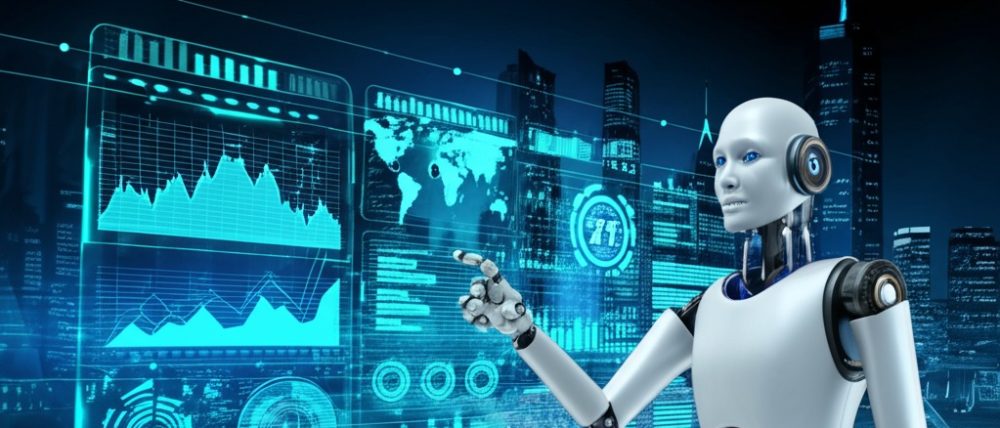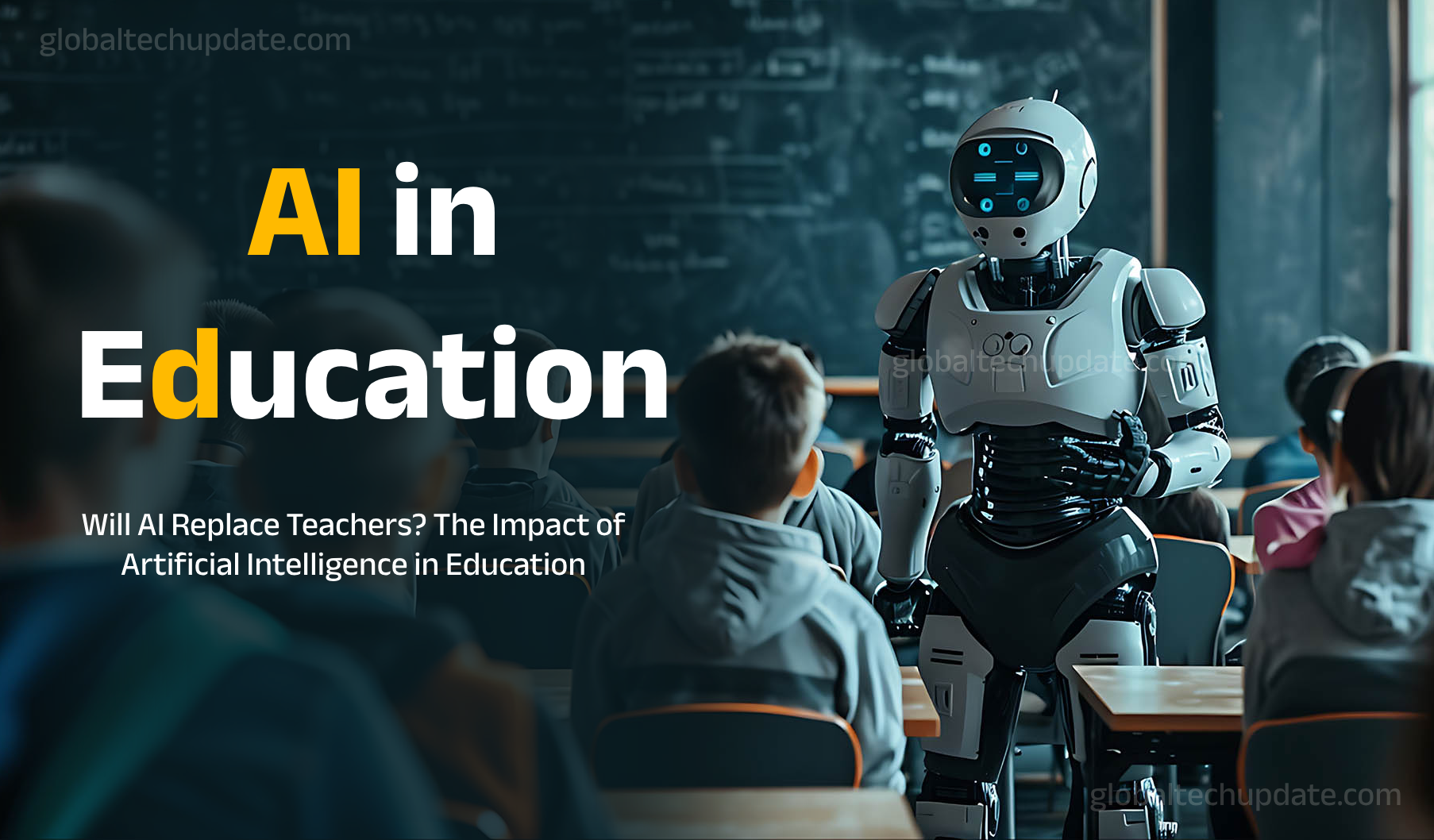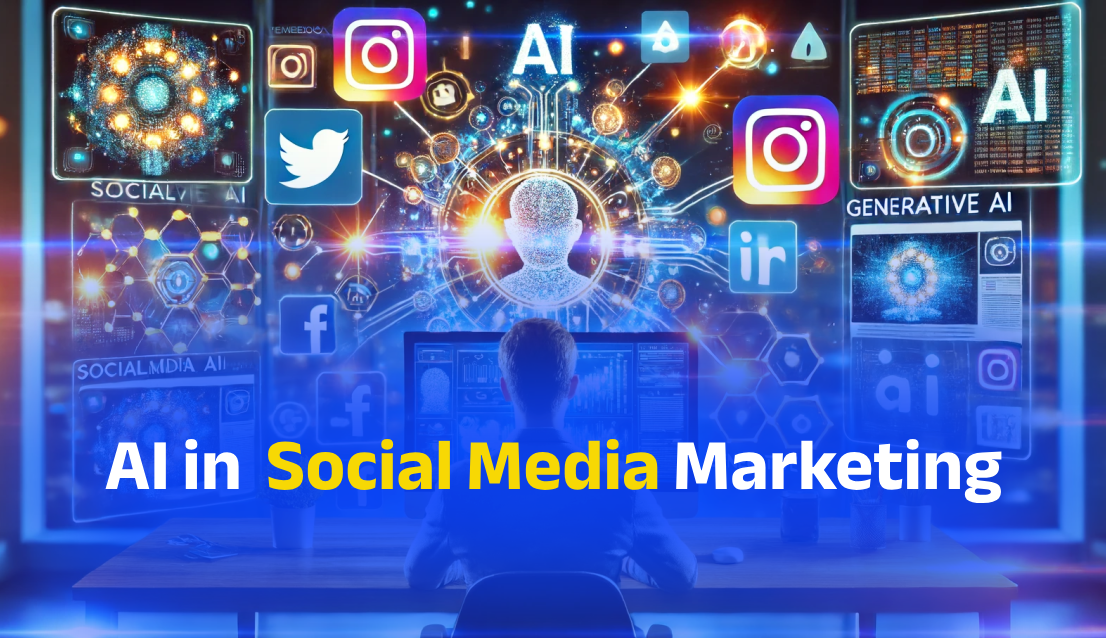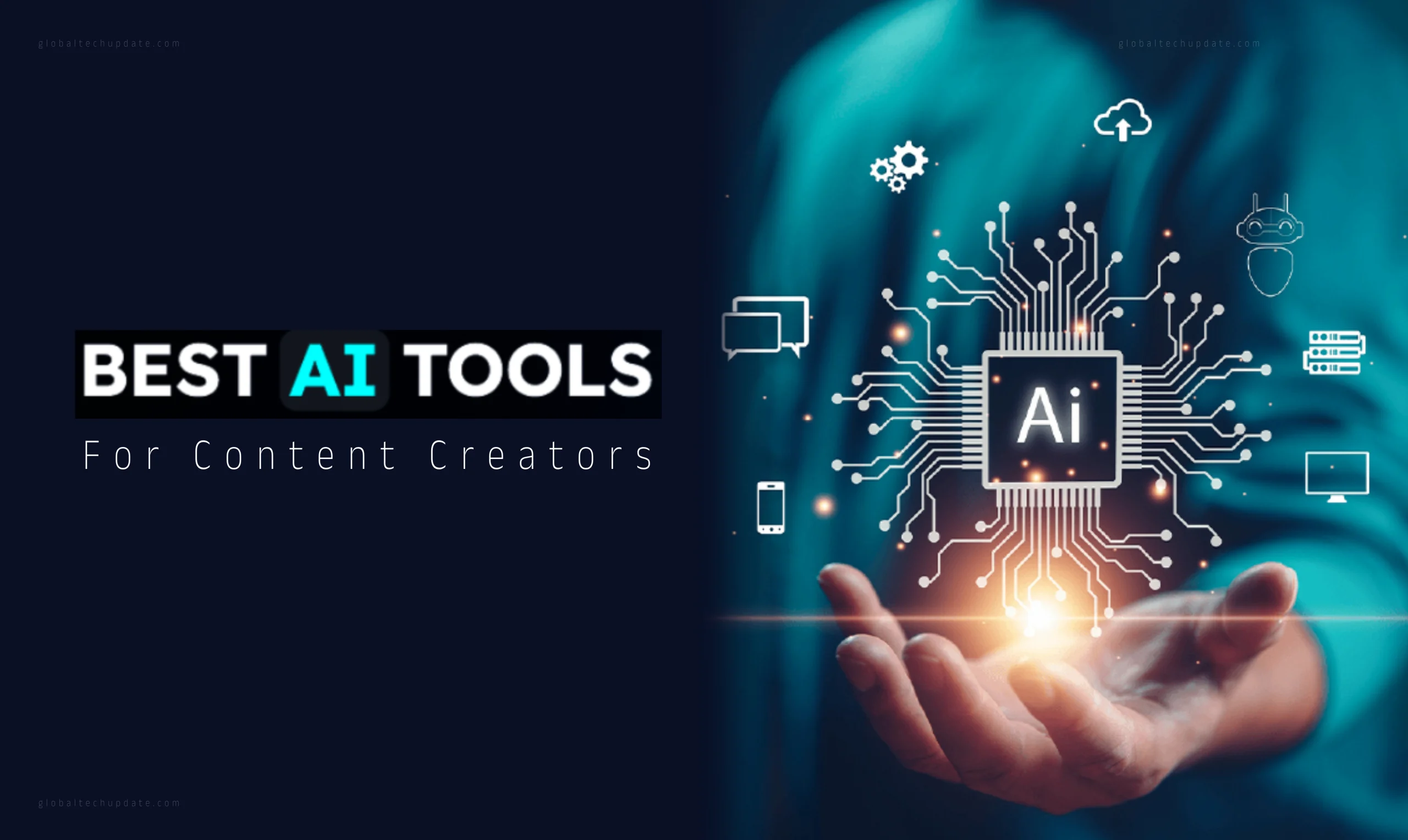AI in Education: Will AI Replace Teachers?
Introduction
Artificial Intelligence (AI) is transforming industries at a rapid pace—and education is no exception. From virtual classrooms to AI-powered learning platforms, the integration of AI in education is revolutionizing the traditional learning environment. But with this advancement comes a pressing question: Will AI replace teachers?
In this article, we explore the impact of artificial intelligence on teaching, how AI is being used in classrooms across the USA and UK, and whether the future of education will be dominated by machines or enriched by human-AI collaboration.
1. The Role of AI in Education
AI has begun to reshape how education is delivered, measured, and accessed. In schools and universities, AI in classrooms is now used to support administrative tasks, personalize learning, and provide students with real-time feedback.
Applications of AI in Education:
Personalized learning paths based on student performance
Automated grading and assessments
Chatbots for student support
Predictive analytics for student success
Speech-to-text and translation tools for accessibility
These applications allow educators to focus more on creativity, mentoring, and emotional support, while AI handles repetitive and analytical tasks.
2. How AI is Supporting—Not Replacing—Teachers
While many fear AI will eventually take over teaching roles, the current reality is that AI enhances teaching rather than replaces it.
AI Strengths:
Processing large amounts of data quickly
Delivering customized content
Providing 24/7 support via chatbots
Offering objective, data-driven insights
Human Teacher Strengths:
Emotional intelligence
Mentoring and counseling
Managing classroom dynamics
Encouraging creativity and collaboration
Artificial Intelligence and teaching can coexist. Teachers supported by AI are able to deliver more effective and inclusive learning experiences.
3. The Rise of AI Teachers: What’s Already Happening
Several institutions are already experimenting with AI teachers and intelligent tutoring systems (ITS). These AI systems simulate a teacher by guiding students through material, evaluating progress, and suggesting learning improvements.
✦Examples:
Carnegie Learning (USA) – Offers AI-driven math instruction with real-time student feedback.
Century Tech (UK) – Uses AI to tailor learning experiences in real time.
Squirrel AI (China) – One of the first AI-powered adaptive learning platforms.
Despite these innovations, human educators still design the curriculum, set context, and address individual needs—something AI cannot fully replicate.
4. Pros and Cons of AI in the Classroom
✔Pros:
Faster grading and feedback loops
Scalability of personalized learning
Accessible education for students with disabilities
Reduced workload for teachers
Data-driven improvement in education
✘Cons:
Lack of emotional connection and empathy
Ethical concerns about data privacy
Over-reliance on technology
Potential job displacement for educators in some regions
High cost of implementation
A balanced approach ensures that AI supports teachers while maintaining the human essence of education.
5. Will AI Replace Teachers? A Deeper Look
Despite all advancements, the answer to “Will AI replace teachers?” is no—at least not in the near future.
AI lacks the emotional intelligence, adaptability, and human interaction required to manage a diverse group of learners. Teaching is not just about transferring information; it’s about building relationships, motivating students, and nurturing curiosity.
In the USA and UK, governments and educational institutions are investing in AI-enhanced learning tools, not replacements. For example, AI is used to:
Identify learning gaps
Provide recommendations for improvement
Help teachers tailor lessons to student needs
The future will most likely involve hybrid education models, where AI and teachers work side by side.
6. Future Outlook: AI and the Evolution of Teaching
Looking ahead to 2025 and beyond, AI will become a critical part of education infrastructure, offering:
Virtual reality classrooms guided by AI
Real-time translation tools for international learning
Adaptive testing platforms that adjust difficulty based on responses
Lifelong learning assistants that help learners even outside formal education
But the role of a teacher will evolve rather than disappear. Educators will become more like facilitators, guides, and coaches, using AI insights to maximize learning impact.
Key Takeaways
AI in education is transforming how content is delivered and assessed.
Teachers bring emotional, motivational, and creative elements AI cannot replicate.
AI teachers and intelligent systems are valuable, but still rely on human oversight.
The future of education lies in human-AI collaboration, not replacement.
Final Thoughts
AI will continue to play a transformation role in education, from primary schools to lifelong learning. However, replacing teachers entirely is not only impractical—it’s undesirable. The best outcomes will emerge when educators embrace AI as a partner, not a competitor.
As technology evolves, our focus should be on how AI in classrooms can be used to empower both students and teachers, ensuring that learning remains inclusive, effective, and human-centered.




